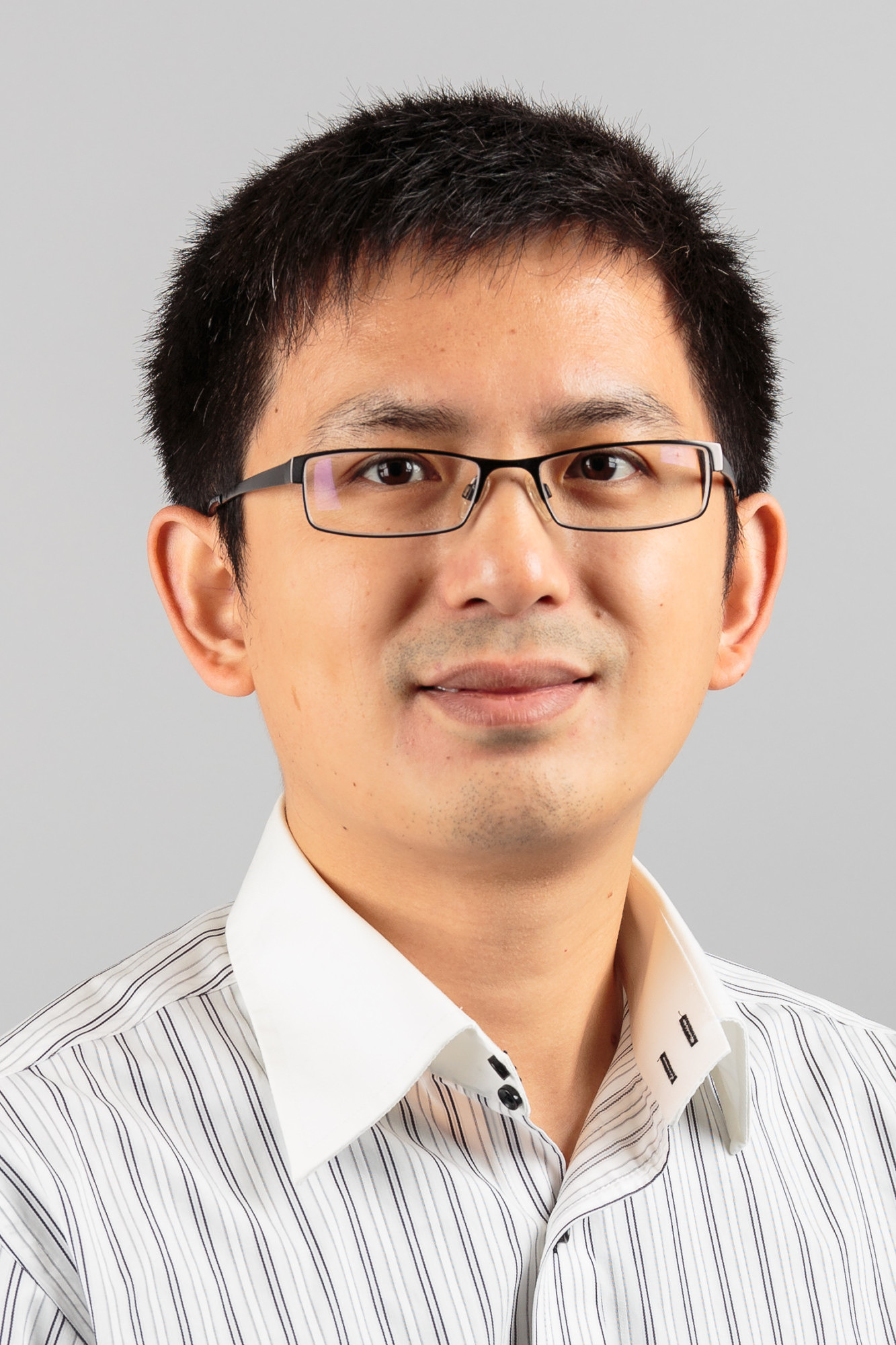Cui, Yan, Dr.-Ing.
Dr.-Ing. Yan Cui

Department of Mechanical Engineering
Institute of Applied Mechanics (LTM, Prof. Steinmann)
91052 Erlangen
- Phone number: +49 9131 85-28502
- Fax number: +49 9131 85-28503
- Email: ltm-sekretariat@fau.de
- Website: https://www.ltm.tf.fau.de/person/dr-ing-yan-cui/
A numerical model of translational and rotational momentum transfer of small on-spherical rigid particles in fluid dominated two-phase flows
(Third Party Funds Single)
Project leader: Paul Steinmann
Start date: 1. December 2014
End date: 31. January 2020
Funding source: DFG-Einzelförderung / Sachbeihilfe (EIN-SBH)
Abstract:
The overarching goal of the proposed Mercator project is to establish a numerical model of translational and rotational momentum transfer of small non-spherical rigid particles in fluid dominated two-phase flows. Thereby the main aims are threefold:The first aim is to establish an accurate numerical model for particle-fluid interaction. It will in particular take into account the translational and rotational effects in the fluid flow field, and will put a special focus on the resulting particle rotational motion in terms of the accurate determination of its orientation and angular velocity. Here, the development of an advanced Lagrangian particle tracking algorithm for the tracking of non-spherical particles in a velocity-vorticity resolved fluid flow field and the development of a two-way coupling algorithmwithin a suited BEM framework, based on an advanced source distribution modelwithin the fluid phase, are planned.The second aim is to incorporate non-spherical particle force and torque models to capture the momentum transfer between particles and the fluid flow field. Here special attention will be paid to particle shapes in terms of generic ellipsoidal geometries. In the context of the envisioned rigid body modelling for the particles this will be accompanied by the development of a particle preprocessor in order to provide particle inertia properties.The third aim is to devise accelerated parallel numerical algorithms which will enable accurate and fast computations of the vortical part of the fluid flow field within the previously established BEM framework as well as the efficient solution of the set of DAEs related to the particle motion.The developed algorithms will be validated by comparison with independent computational results and will eventually be applied to the experimentally verified test case of sludge flocsedimentation.
Publications:
- Cui Y., Ravnik J., Verhnjak O., Hribersek M., Steinmann P.:
A novel model for the lift force acting on a prolate spheroidal particle in arbitrary non-uniform flow. Part II. Lift force taking into account the non-streamwise flow shear
In: International Journal of Multiphase Flow 111 (2019), p. 232-240
ISSN: 0301-9322
DOI: 10.1016/j.ijmultiphaseflow.2018.12.003 - Cui Y., Ravnik J., Hribersek M., Steinmann P.:
On constitutive models for the momentum transfer to particles in fluid-dominated two-phase flows
Springer Verlag, 2018
(Advanced Structured Materials, Vol.80)
DOI: 10.1007/978-3-319-70563-7_1 - Cui Y., Ravnik J., Hribersek M., Steinmann P.:
A novel model for the lift force acting on a prolate spheroidal particle in an arbitrary non-uniform flow. Part I. Lift force due to the streamwise flow shear
In: International Journal of Multiphase Flow 104 (2018), p. 103-112
ISSN: 0301-9322
DOI: 10.1016/j.ijmultiphaseflow.2018.03.007 - Cui Y., Ravnik J., Steinmann P., Hribersek M.:
Settling characteristics of nonspherical porous sludge flocs with nonhomogeneous mass distribution
In: Water Research 158 (2019), p. 159-170
ISSN: 0043-1354
DOI: 10.1016/j.watres.2019.04.017
No publications found.